

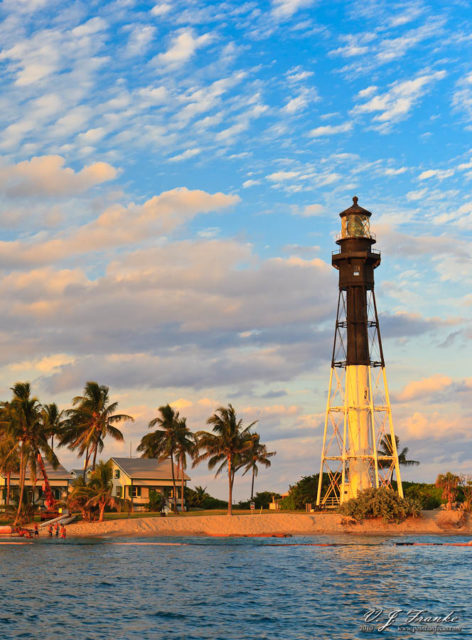
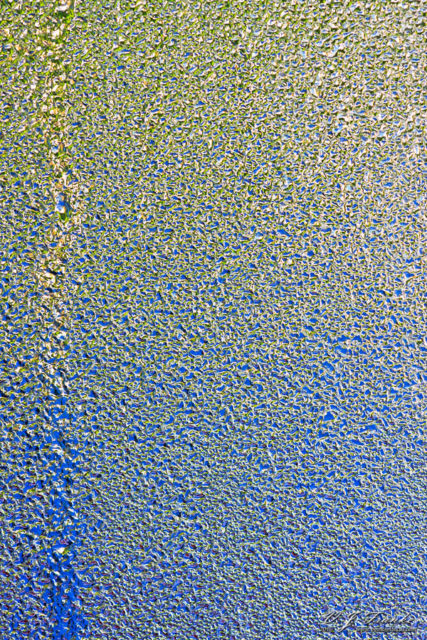
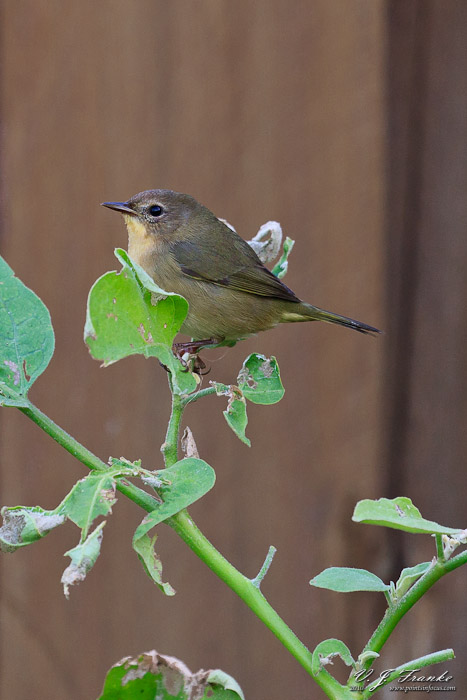
What is it with camera companies coming up with a great idea, developing it then stopping one killer feature away from completing it? The latest example of this, well at least in my opinion, is Fuji’s new Finepix X100.
I’ve been mulling this camera over since it was announced on the 20th, and I have to say, it’s hard not to get excited about it. The X100 is a near-compact camera that is clearly aimed squarely at the serious photographers.
Actually, the Finepix X100 is, to me, a hairs breath away from being the digital Leica M for those of us that can’t afford a Leica M9.
The design is pure “reto” genius. If there ever were a camera that packaged the sensibilities that made rangefinders attractive into digital body while preserving the functionality, this would be it.
The X100’s design sensibilities are straightforward and follow and in many ways that makes for some strong queues that the X100 is targeting serious photographers.
Being able to work efficiently may seem like something only professionals need to be good at, but the truth is far from that. Situations arise in virtually every genera and skill level where being able to quickly adapt and manipulate your camera provide some benefits. Even for those who have no other desire than to take pictures of their kids, being able to easily and intuitively manipulate your camera’s settings will net more and better images.
The need for efficiency, was driven home to me once again recently, when I was shooting a sunrise landscape. Landscape photography, might seem like a it should be far less hectic than say shooting a football game. In practice, however, there’s no faster game changer than Mother Nature. Clouds and lighting can change at an astonishing pace, for example on my recent sunrise shoot the sky went from mundane but nice, to stunning, to stunning in a completely different way all in the course of just 10 minutes.
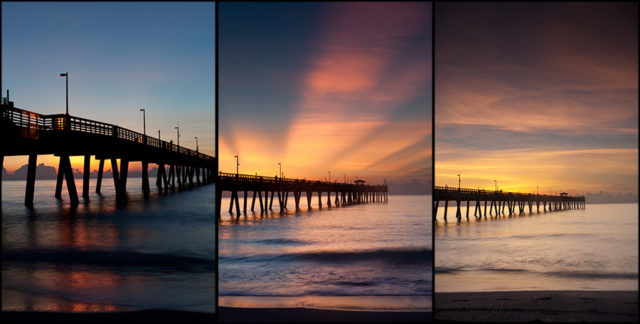
There are a few things I find that tend to be most helpful to catch the best moments and keep me focused on shooting.
First and foremost, always pay attention to your surroundings, better yet actively look at your surroundings constantly. I can’t begin to count the number of times I’ve watched photographers, especially at popular birding locations, get fixated on one subject only to miss out on a much more dramatic shot 10 feet away. The same can be said about observing the landscape around you, especially what’s behind you. You may not pass back the same way and when you do, the light may not be as good, alternatively there may be an image just waiting for the light to be right.
Second, think about the possible compositions around you. Try to visualize what compositions could be made by moving your camera and how the light will play out in those compositions. Ask yourself, will you get a better image or more dramatic light if you stay where you are, or shoot from the right? Even when you choose not to move, think about how the focus and composition would work if you rotated the camera from horizontal to vertical or vice-versa.
Third, set up as much as possible ahead of times. If you’re not a morning person, but you’re going to shoot a sunrise, can you really rely on yourself to get everything setup correctly in the dark before you’ve really woken up? When I’m doing something like this I’ll take a few minutes the night before to set up my camera. If you expect to shoot a verity of types of shots, take the time to setup a couple of camera user settings if your camera has them.
Forth, insure you’re familiar with your gear. I tell people this a lot, if you practice a little your camera can easily become an extension of your body. When you’re not thinking about what control you have to turn or where to go to change a setting you’re more able to think about what you’re shooting. You should be able to do things like changing lenses quickly and mostly by feel–remember the US Army Ranger saying though, slow is smooth and smooth is fast, work to get the motions right that will make you faster than trying to be a speed demon. The same goes for any of the functions that affect the exposure (aperture, shutter speed, ISO and exposure compensation).
Fifth, try and keep your gear consistent. Consistency with your gear, also helps breed familiarity and shaves precious moments when things are changing. If you use multiple bodies, try and keep them similar in terms of controls. I can’t even count the number of times, I’ve gone searching for how to change a setting on my 40D backup body because I couldn’t remember where it was. When buying lenses, consider that many 3rd party lenses will have controls that turn in different directions to the 1st part ones. This is especially the case for Canon users. While this isn’t something that would stop me from buying a 3rd party lens if it fit my needs, it would be something I’d spend some time practicing to overcome.
Consistency, familiarity and preparation, mean you spend less time being distracted by your camera and more time looking at the world around you and you can’t photograph what you don’t see. Ultimately, the less you have to focus on your camera the more you can look for the great images and experiment with your compositions. A little time and practice with your gear will make your time in the field that much more enjoyable.
I’m just going to throw this out there; in photographic conversations, focal length doesn’t mean what most think it does. Moreover, it almost never means what the optical engineers means when they say focal length. I’d even go as far as the say the real meaning of focal length is one of the dirty secrets in photography.
What is focal length?
The optical definition of focal length is a measure of how strongly an optical system bends light. The shorter the focal length, the more strongly the lens bends light, the longer the focal length the less the sharply the light is bent. That’s it, full stop.
 If you look at the diagram to the right, that is all that there is. There’s no camera, no frame and no subject. You can substitute any numbers you want for the focal lengths it doesn’t matter.
If you look at the diagram to the right, that is all that there is. There’s no camera, no frame and no subject. You can substitute any numbers you want for the focal lengths it doesn’t matter.
Focal length is a property of the lens and only the lens. The only way to change it is to change the lens somehow. A zoom lens does this by rearranging parts of the lens, thus changing the lens and the focal length. Likewise, a teleconverter can be thought of as creating a new lens that is the original lens + the teleconverter that has the focal length adjusted by the teleconverter’s power.
Placing a “crop” sensor behind the lens, however, does not change the lens and therefore the focal length stays the same.
The trouble with focal length is that it doesn’t tell us anything useful about the image the lens will produce.
As an exercise, ask yourself this, what is a 50mm lens?
If you said it’s a normal lens, that produces an image similar to what you normally see, you’d be right and wrong too. Put that lens on a 4/3rds camera and you have a telephoto lens, put it on a medium format camera and you have a wide-angle lens. The focal length is the same, but the angle of view is different, and so is how the lens is used.
This is why I say focal length in the optical sense, is largely a meaningless number for photographers. We don’t work around how much a lens bends light, we look at a scene and want to fill the frame we have with some composition. To put a technical word to this, what we’re interested in is the field of view.
Field of view is certainly related to focal length, but it’s also related to the size of the frame that’s capturing the image. If the field of view changes because we change frame sizes, the natural response isn’t to allow our composition to change, but to change the focal lengths or move the camera to restore the composition to the way we wanted it.
This is the dirty secret: When photographers talk about focal lengths, they’re really talking field of view not how much the lens bends light.
Just about every camera company has added image stabilization to their line of cameras or lenses. The implementations vary, but the objective is the same; make images sharper when taken at lower shutter speeds by minimizing the effects of camera movement.
The question is, is a faster lens better, or worse than a slower lens with some form of stabilization.
Motion: The enemy of sharpness
There are two kinds of motion that can blur images, camera motion, and subject motion. Camera motion is the little bit of rocking and shaking the photographer makes when standing still, the vibration induced by the mirror flipping up, or any number of small movements and vibrations that happen to the camera while a photo is being made. While the movement may be imperceptibly small to us, to the camera and lens these movements are actually quite large.
Subject motion, on the other hand, is just that, your subject moving around on you. You could also lump into subject motion the relative motion of the subject and photographer if the photographer is moving. While not exactly subject motion, its effects are the same.
Stabilizing Things
Of all the motions that can affect the sharpness of an image, the image stabilizer can only affect one of them, camera shake. Specifically it can only reduce vibrations in the plane of the sensor (i.e. up-down and left-right) and in some cases tilt. Moreover, the stabilization system can only correct relatively small motions.
In short, the stabilizer can reduce some camera shake and that’s it.
Aperture: More Light, More Speed
The aperture on the other hand controls how much light can reach the sensor. In this case, we’re looking at maximum apertures, since they let the most light in. More light, in a similarly light environment, means exposing the film for less time (i.e. increasing the shutter speed).
The practical result of shorter exposures is less motion of any kind.
Looking towards the Future
Ultimately, the question might become a moot point.
Digital camera sensors and noise reduction algorithms are improving every year. Today’s ISO 12800 is as good as yesterday’s ISO 1600. Further, as the technology is refined, the number of lenses that can have stabilization systems is increasing; and that’s not even considering the cameras with in-body stabilizers that stabilize all lenses. It’s certainly possible that in a few years, the only choice will be between a fast stabilized-lens and a slow stabilized-lens.
In Short: Which way to go
Image stabilization is not always a substitute for faster shutter speeds, especially when the subject is moving. While an image stabilizer will help improve sharpness of static objects at all shutter speeds, at least when hand holding, it won’t stop a moving subject at all.
The million-dollar question is do you shoot moving subjects in low light or not?
If you do, you’ll probably be better served with a faster lens, even if it’s not stabilized.
It’s fall, Photokina 2010 is coming up, and just a week ago Nikon announced their fall new products. Today, it’s Canon’s turn.
EOS 60D: High Low-End, not Low High-End
First up is the impressive as a consumer class camera, but maybe not so much as a replacement for the EOS 50D. What’s gone is the Aluminum/Magnesium body, the 6.3 FPS frame rate, AF micro adjustments, and compact flash cards.
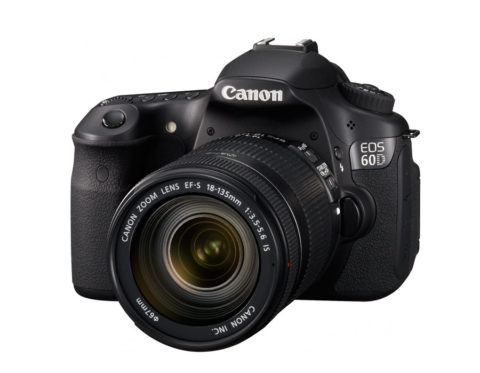
Out with the old in with the new. New to the EOS 60D, among other things, is:
- A 63-zone color sensitive meter
- +/- 3 Stops of exposure compensation
- A combination multi-controller and rear dial ripped right from the PowerShot G11
- An articulating high resolution screen and wireless flash control
- In camera image resizing
- Creative image filters (soft focus, grainy B&W, Toy Camera effect, and a tilt-shift effect)
Clearly canon is putting more and more focus on video in their new SLRs, though the lack of video information on the Canon USA product page is a bit of an odd oversight. The EOS 60D has full manual video control, including manual gain control of the audio. It also has in camera editing functionality, which I guess is handy given what appears to be the target market for the EOS 60D.
Canon announced today that they’ve developed a 120MP (that’s a 13,280 x 9,184 pixel image) APS-H format sensor that has a laundry list of features. The sensor can be completely read out in about 10ms, resulting in a 9.5 FPS frame rate, it can do full HD video from the whole sensor (I assume) or one of several 1/16th area sections. Fortunately, or unfortunately as it may be, this is just a prototype and not something Canon has any immediate plans for.
The full press release can be read on Canon’s website. What follows are my thoughts on this sensor and what it could mean for photography down the road.
Small Pixels, Big Picture
From the scant details in the press release, we can make a few estimates about the sensor. For starters, the sensor packs 120 million pixels, resulting in a 13,380 x 9,184 image, in a 29.2mm x 20.2mm area. Simple math tells us, that the pixels are approximately 2-microns across.
2um pixels alone aren’t something new, many of the better performing current generation point and shoots have pixels that size, including Canon’s PowerShot G11 and S90. What is unprecedented, however, is the move to make a sensor with that pixel pitch that big.
